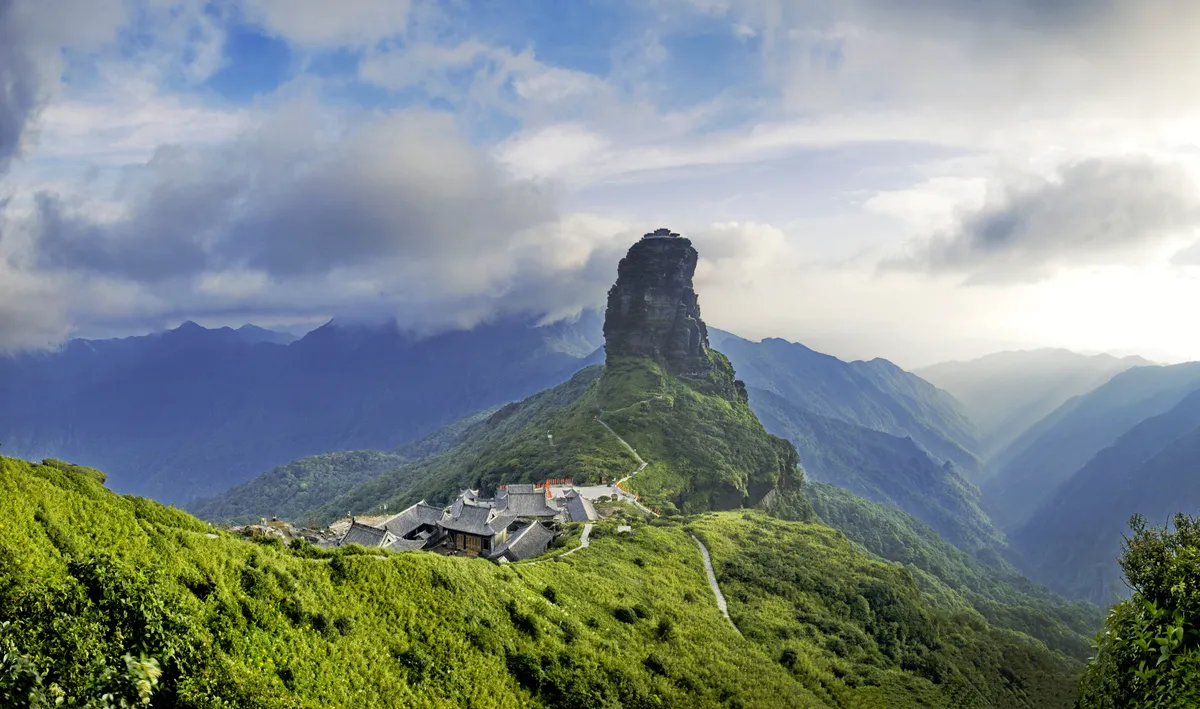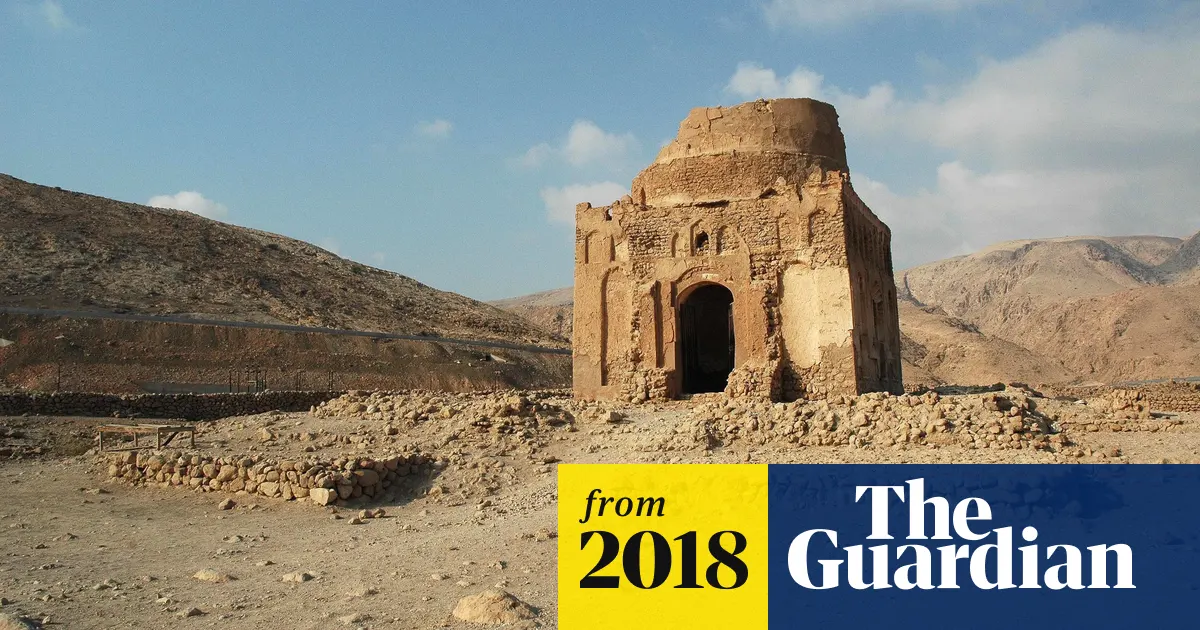Introduction
In 2024, the UNESCO World Heritage Committee has unveiled a new list of sites recognized for their outstanding universal value. These newly designated World Heritage Sites offer a unique glimpse into our global heritage, showcasing a diverse array of cultural and natural wonders. This article explores these new additions, their significance, and what you need to know about them.
What Are World Heritage Sites?
World Heritage Sites are landmarks or areas with legal protection by an international convention administered by UNESCO. These sites are chosen for their cultural, historical, scientific, or other forms of significance. The goal is to preserve these places for future generations and to recognize their importance to the world’s heritage.
New World Heritage Sites for 2024
In 2024, several new sites have been added to the prestigious list. Here’s a look at some of the most noteworthy additions:
1. The Ancient City of Cyrene (Libya)
The ancient city of Cyrene, located in Libya, has been recognized for its historical and archaeological significance. Founded in the 7th century BC, Cyrene was a major Greek city-state in North Africa. Its well-preserved ruins offer insights into ancient urban planning, architecture, and daily life in antiquity.
2. The Historic Town of Campeche (Mexico)
Campeche, a fortified colonial town on Mexico’s Gulf Coast, has been added to the World Heritage list due to its well-preserved historic architecture and fortifications. Founded in the 16th century, Campeche played a crucial role in colonial trade and defense. Its historic center showcases a blend of European and indigenous influences.
3. The Rock Art of the Upper Paleolithic (Spain)
Spain’s Rock Art of the Upper Paleolithic represents a significant collection of prehistoric cave paintings. These artworks, estimated to be over 20,000 years old, provide a glimpse into the lives and beliefs of early humans. The site includes several caves with intricate depictions of animals and human figures.
4. The Great Himalayan National Park (India)
Located in the western Himalayas, the Great Himalayan National Park is celebrated for its biodiversity and pristine natural beauty. It is home to numerous species of flora and fauna, including some that are endangered. The park plays a crucial role in conservation and scientific research.
5. The Historic Centre of Oporto (Portugal)
Oporto, or Porto, is recognized for its rich architectural heritage and its role in the development of the Portuguese port wine industry. The city’s historic center features a blend of Gothic, Renaissance, and Baroque architecture, reflecting its long history and cultural evolution.
Significance of These New Sites
Each new World Heritage Site adds valuable knowledge and cultural depth to our understanding of human history and natural history. They help highlight the diversity of human achievements and natural phenomena, encouraging global awareness and appreciation.
1. Cultural and Historical Value
Sites like the Ancient City of Cyrene and the Historic Town of Campeche provide insights into past civilizations and their contributions to global heritage. These sites help us understand the cultural exchanges and historical developments that have shaped our world.
2. Preservation of Natural Beauty
Natural sites such as the Great Himalayan National Park emphasize the importance of conserving biodiversity and natural habitats. These sites help raise awareness about environmental conservation and the impacts of climate change.
3. Educational Opportunities
World Heritage Sites serve as educational resources, offering opportunities for research and learning. They attract scholars, students, and tourists, fostering a deeper appreciation of our shared heritage and encouraging sustainable tourism practices.
How to Visit These New Sites
If you’re planning to visit any of these newly designated World Heritage Sites, here are a few tips:
- Check Travel Advisories: Ensure that the site is open to visitors and check any travel advisories or restrictions.
- Respect Local Guidelines: Follow local regulations and guidelines to preserve the site and ensure a positive experience for future visitors.
- Learn Before You Go: Research the site’s history and significance to enhance your visit and contribute to its preservation.
Conclusion
The new World Heritage Sites announced for 2024 offer a fascinating glimpse into our planet’s rich cultural and natural legacy. Whether exploring ancient ruins, historical towns, or pristine natural landscapes, these sites provide a unique opportunity to connect with our shared heritage. By visiting and supporting these sites, we contribute to their preservation and celebrate the diversity of our world.


